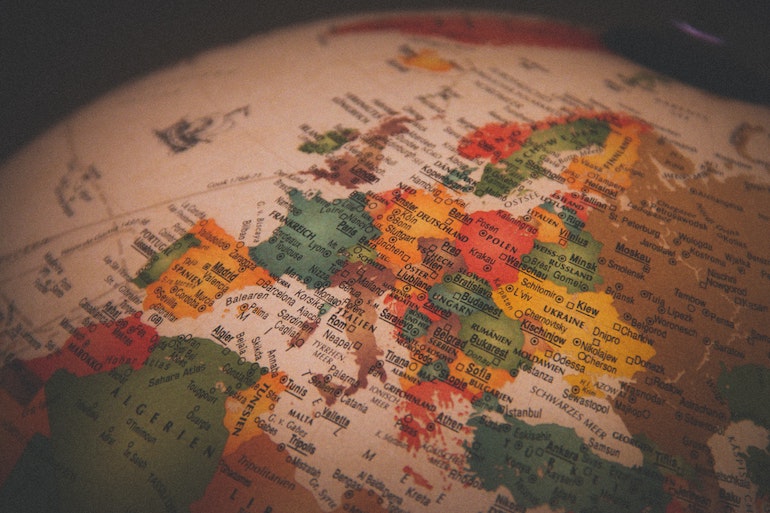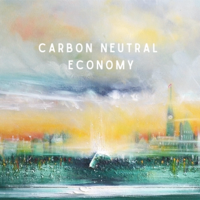2022 was a challenging year for Europe, as the effects of the war in Ukraine rippled across a continent already reeling from the COVID-19 pandemic. However, it also marks an important year in the fight against climate change. Despite facing significant obstacles, European countries cut their fossil fuel consumption in 2022 and sped up the transition towards green energy sources.
The circumstances surrounding this transition are not ones we should desire to reproduce elsewhere. Prior to the invasion of Ukraine, many European countries imported high quantities of fossil fuels from Russia. The war forced a cut in energy usage and drove rapid expansion in wind and solar energy production, but also drove numerous countries back towards the use of coal for fuel. Although the large-scale shift toward renewable energy is welcome news, we shouldn't need a war to drive it.
While the war in Ukraine was expected to drive up the use of fossil fuels throughout Europe, consumption fell instead. Consumers used less fuel overall in 2022, despite the extremes in cold weather faced by certain regions. Some of this can be attributed to changes in consumer behaviour. Although this is framed as a demand-side change, it was also driven by skyrocketing energy prices that may have forced some highly uncomfortable choices.
How can we reproduce the recent European successes in transitioning toward renewable sources of energy? More importantly, can we do so without requiring the threat of war? And can we decrease energy consumption without threatening poor and low-income households with increased costs? If we want to avoid future energy panic of the sort that Europe faced in 2022, we must figure out how we can make these same changes now.

Photo by Christian Lue from Unsplash
- Log in to post comments



CRC Comments